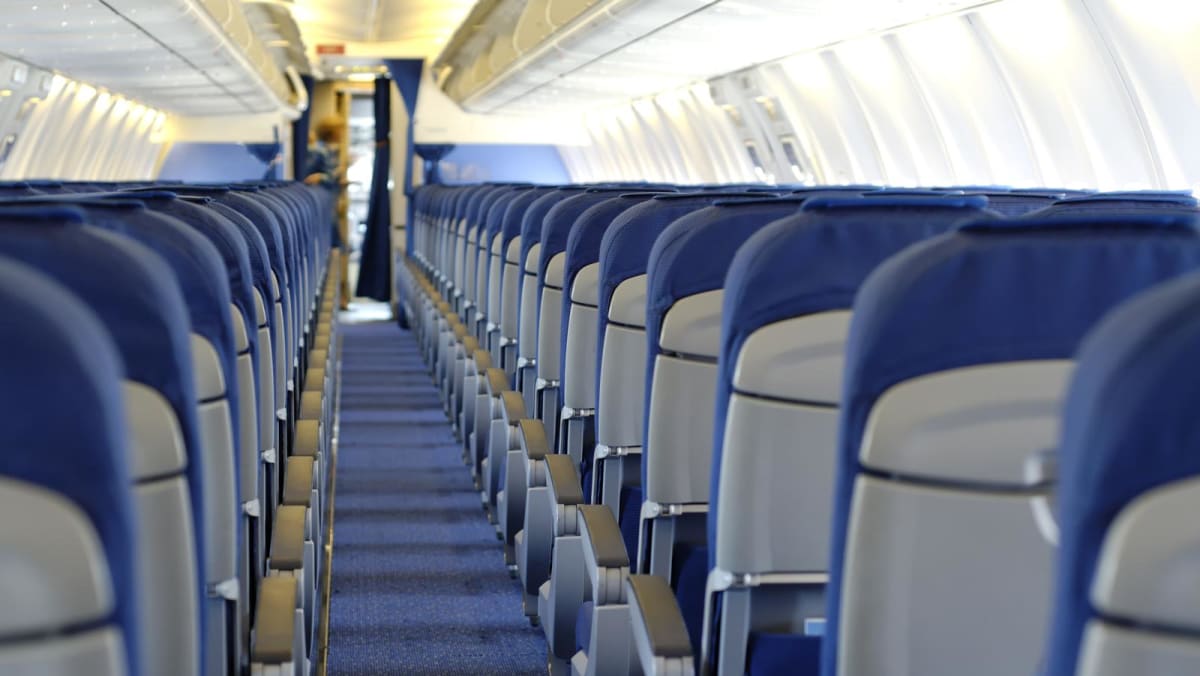MORE TROUBLE THAN WORTH?
However, while still quicker and a less expensive way of settling disputes than if the parties had gone to a civil trial, filing and serving a claim is a long and time-consuming process.
“As a matter of process, parties in an SCT action must first attend consultation, where a registrar attempts to resolve the dispute”, said Ms Ng.
“The claim proceeds to a hearing before a Magistrate if the matter cannot be settled. The Magistrate will determine the claim in accordance with the terms of the contract/terms and conditions between the airline and the customer, and applicable contract law principles.
“Alternatively, a court action can also be brought in the Magistrates’ Courts or District Courts.”
Lawyers are not allowed to represent parties in SCT proceedings, though they can be hired to provide legal advice.
Customers will also need to pay a fee depending on the claim amount. A customer would need to pay S$10 for claims up to S$5,000 and S$20 for claims above S$5,000 but up to S$10,000. For claims above S$10,000, a customer would have to pay 1 per cent of that amount.
But even if the customer obtains a decision in their favour, they will have to start execution or enforcement proceedings in the civil courts if the other party does not comply with the court order to pay up, as the SCT cannot execute or enforce the order on the customer’s behalf.
“Enforcing an order does not guarantee an outcome. You should weigh the pros and cons before proceeding,” read the Singapore Courts website.
“You will have to spend time and effort to make the necessary applications to enforce the order and there is no guarantee that you will be able to recover anything from the enforcement respondent.”
The enforcement applicant would also be required to pay a fee for enforcing the order.
“COURT” OF PUBLIC OPINION
Ms Ng said customers should only bring a dispute to court as a last resort and that an out-of-court amicable resolution, whether directly with the airline or via CASE, would be the most ideal.
“This is given that time and resources (including possible legal fees) spent to pursue such a claim may possibly exceed the damages that are awarded in the end,” she said.
Given the relatively low claim amounts and the absence of a guarantee of a favourable ruling, big companies like airlines may prefer that disputes go to court rather than dealing with the aggrieved customer.
“That said, the Courts of Singapore are much less likely to order, or to be as generous as the Hyderabad’s District Consumer Disputes Redressal Commission, in ordering compensation for ‘mental agony and physical suffering’ suffered by the customer,” said Mr Tan.
He added that customers may be better served airing their grievances on social media in order to pressure bigger companies.
Last year, SIA brought back appetisers for economy class meals and reversed its decision to use paper serviceware after netizens gave the thumbs down on social media.
“In the circumstances, it may at times be more effective (in terms of achieving the desired outcome) for the aggrieved customer to ventilate the matter in the ‘court’ of public opinion than in a court of law in such situations,” said Mr Tan.
“It may get them further than court proceedings.”
